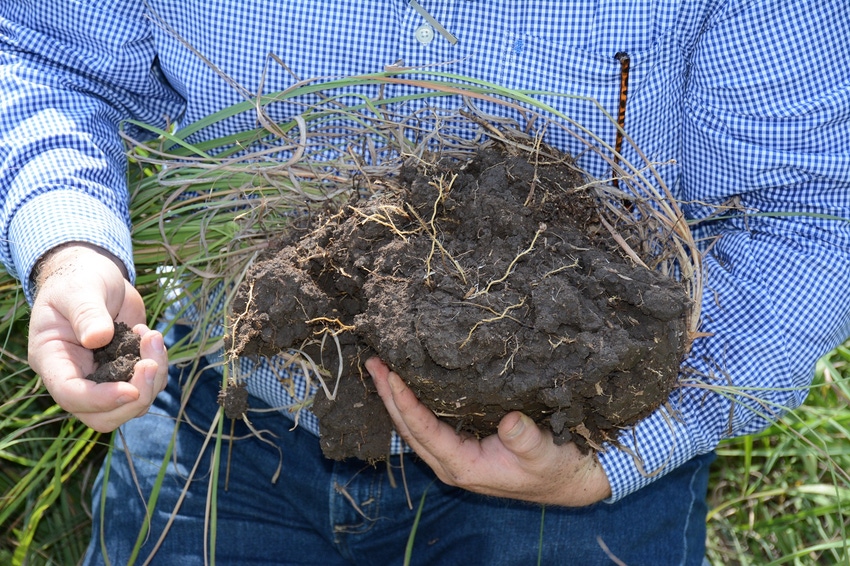
All agricultural endeavors are subject to both financial and ecological risk. How prevalent and how severe the risk is up to us as operators.
Risk control starts with what the military terms "situational awareness." To establish that awareness, there are a number of things we should be thinking about.
What factors determine the productivity, the stability and profitability of the operation?
How does our management effect the conditions of these factors?
What is the status of our biological capital? For those not familiar with this term, biological capital is a combination of multitudes of factors. It is biodiversity plus the long-term effects of having biodiversity; it is soil with high organic content that has excellent tilth and structure. Because of this physical condition, healthy soil can take in and store both water and air, and hold a lot of its mineral content in organic form. These minerals are not prone to leaching as are water-soluble minerals. They are spoon-fed to plants, on a as-needed basis by soil life.
Biological capital is diverse and healthy populations of plants and animals, both in and on the soil, made up of healthy individuals. It is the multitude of beneficial relationships that form between all parts of the ecological system. Biological capital is what allows the ecological processes -- water cycle, nutrient cycle and energy flow -- to function properly. It provides a system of natural checks and balances that limits the populations of pest organisms. It is wealth in the truest form and is vital not only to agriculture but to all society.
When biological capital is high throughout the entire soil-plant-animal complex, both productivity and stability will be high. Weeds, disease, parasites and pest organisms of all types will still be present but not in concentrations high enough to interfere with the functions of the local environment or those of the humans living in the environment. To manage risk, create and protect the conditions – the biological capital – that contribute to the overall health of the entire soil-plant-animal-wealth-human complex.
Much of what needs to be done to increase biological capital is contrary to what is commonly thought of as good agriculture practice. Tillage, pesticides of all sorts, and leaving areas free of growing plants, all destroy life and reduce biological capital.
Agriculture should not be a never-ending struggle to kill pests. It should be the application of art and science to promote life so that we can take some of the energy excess to the needs of the system for our own use.
In fact, the greatest deterrent to making the transition from an industrial-type agriculture based on killing pests to a biological type based on promoting life is in our belief systems. Most of us carry a lot of success-preventing baggage of misinformation. Sadly, much of the misinformation comes from educational institutions who have bought in to the industrial model of agriculture. An example I have used before, is an article in a USDA yearbook of agriculture that says, "If dung beetles bother you, DDT will kill them." That was written many years ago when DDT, penicillin, 2,4-D, and cheap nitrogen fertilizer were seen as the things that would, once and for all, establish human dominance over nature and bring about a glorious future for agriculture.
The way to profitable and productive agriculture lies not with stronger poisons or bigger machines but with better understanding of how things work in the natural world and how we can mimic nature to produce the products we need without destroying our world.
Basic to this understanding is that all parts of the soil-plant-animal-wealth-human complex are mutually dependent and related to all other parts. It is not possible to treat just one part – weeds, coyotes, insect pests, whatever – without affecting all other parts of the complex. When management is designed to benefit all parts, amazing things can happen.
Holistically planned grazing is a good example of such management. Properly implemented and monitored so we can catch and correct our inevitable mistakes, this management can increase profitability and production while promoting improvement of soil, plant sward, and animals, in addition to enhancing human quality of life.
Now, that is a glorious future for agriculture.
About the Author(s)
You May Also Like




